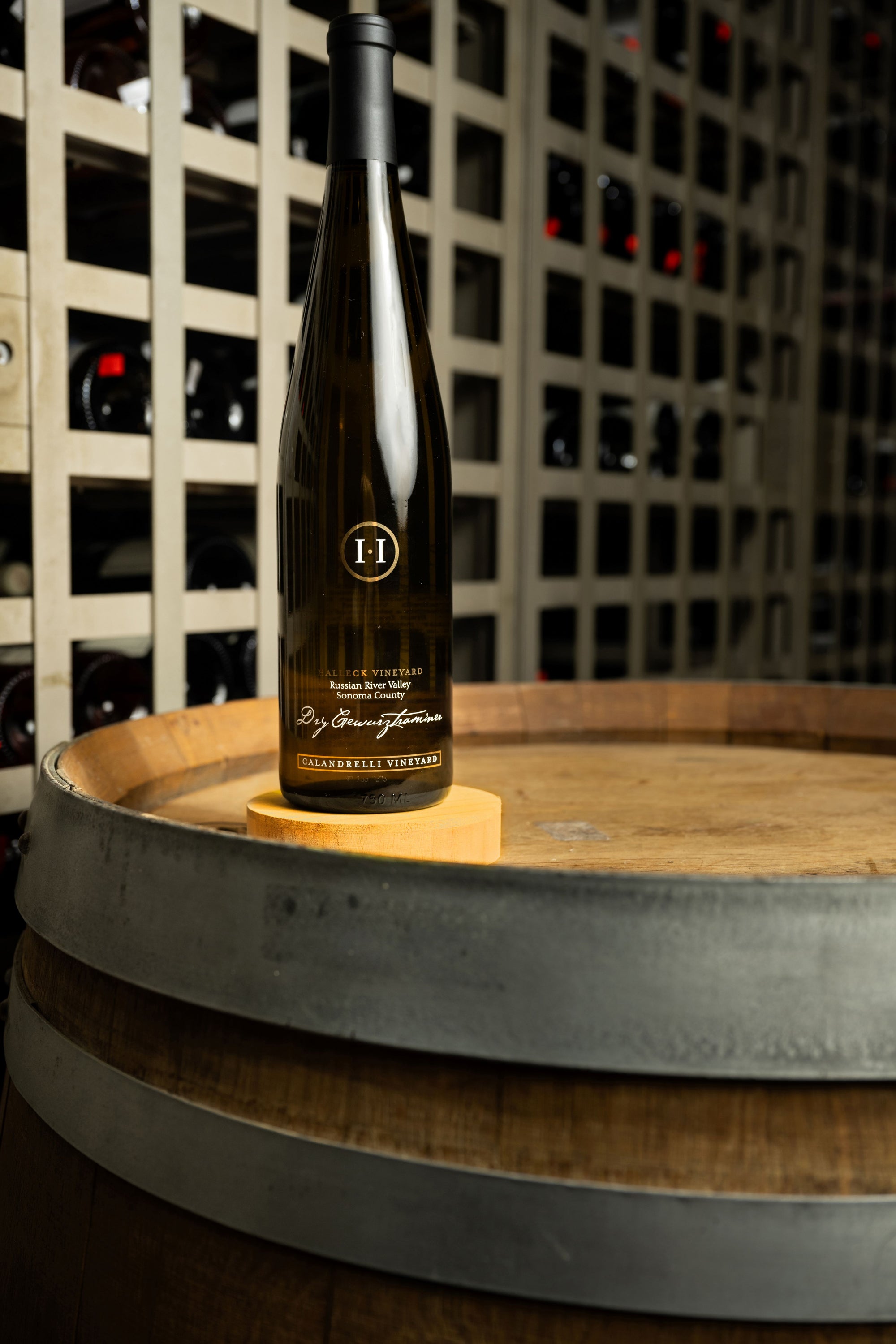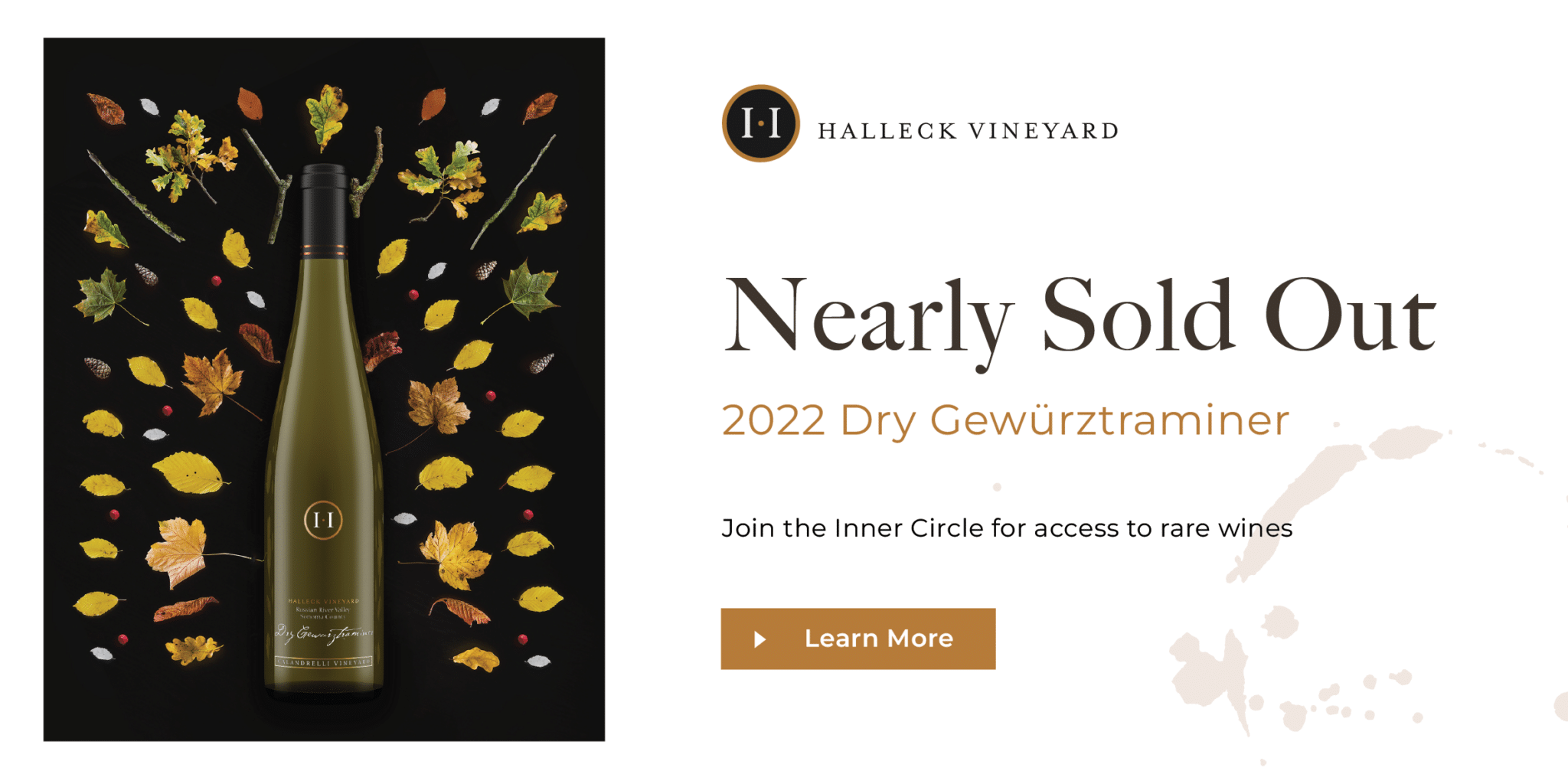Wineries That Offer Food Trucks On Weekends - Discover Sebastopol's Wine Scene
Historical Wineries To Visit In Sonoma - The Charm Of Sonoma Wineries
Wine tasting is an art that combines sensory experience with an appreciation for the nuances of different varietals. How to evaluate flavors in winery wine tasting classes is pivotal to grasping the complexities of wine.
Engaging in a wine tasting entails greater than merely sipping and savoring. It requires a targeted approach to identify aromas and flavors that each wine presents. As you start, observe the wine's look, noting its shade and readability. These visible cues typically suggest a wine’s age, grape variety, and even potential flavor profiles.
The subsequent step within the tasting course of is to swirl the wine in your glass. This action releases aromatic compounds which are vital for evaluation. Lean in and take a second to inhale deeply; the aromas can range from floral and fruity to spicy and earthy. The nose of the wine is simply as necessary because the palate, and recognizing scents performs a significant role in understanding the general experience.
When taking your first sip, permit the wine to maneuver across your palate - Wine Tasting Events In Sonoma County. Discover the preliminary flavors that present themselves. Is the wine fruity, floral, or maybe herbaceous? This initial style offers perception into what the wine is likely to express as you proceed to judge it. The mouthfeel additionally contributes to the overall flavor experience; it can be silky, tannic, or even effervescent.
Wineries Known For Sustainable Practices In Sonoma - Explore Sebastopol Area Vineyards
As you continue tasting, pay attention to the wine’s steadiness. A well-balanced wine will harmonize acidity, sweetness, and tannins. If one element overwhelms the others, it might indicate a less fascinating quality. Evaluating stability can help you identify how well the wine might pair with food.
Transitioning to the finish, contemplate how the flavors evolve because the wine lingers in your palate. A long, pleasant finish can point out a high-quality wine, whereas a short or abrupt finish may suggest in any other case. Replicate on whether or not the flavors remain consistent or if new notes emerge because the wine settles. This progression can reveal complexities and intricacies that might not have been obvious within the initial tasting.
Temperature can also be an important factor in evaluating wine flavors. Different forms of wine are optimally enjoyed at specific temperatures. White wines usually shine when chilled, while red wines typically perform best at room temperature. When tasting, make positive the wine is on the acceptable temperature to fully appreciate its character.
Wineries Pairing Wine With Chocolate - Top Wineries To Visit In Sebastopol
Pairing food with wine can tremendously improve the tasting experience. Meals can affect the perception of flavors in wine, either highlighting certain characteristics or diminishing them. When evaluating flavors, consider how the wine interacts with completely different meals, noticing which flavors are amplified or muted (Innovative Wine-Making Techniques In Sonoma Valley).

Contemplate the affect of terroir as you interact in a winery tasting. Terroir encompasses the distinctive environmental elements that have an effect on grape rising, together with soil composition, climate, and geography. Understanding a wine's terroir can provide perception into its flavors and aromas, fostering a deeper appreciation for the choices made throughout its cultivation and manufacturing.
Schooling performs a fundamental function in enhancing one's ability to gauge wine flavors. Studying about grape varieties, wine regions, and manufacturing methods can pave the means in which for more knowledgeable judgments during tastings. Additionally, attending workshops or classes can refine sensory skills and broaden your flavor vocabulary, enabling you to articulate tasting notes more effectively.
Finally, it is essential to do not neglect that evaluating wine flavors is a extremely personal experience. Particular Person preferences and perceptions will invariably form one’s tasting journey. Enjoyment should be at the forefront, with the evaluation course of performing as a software to boost understanding and appreciation somewhat than create inflexible pointers.
Wine Tasting Experiences With Local Cheese - Best Winery Located In Sonoma
In conclusion, mastering tips on how to evaluate flavors in winery wine tasting periods entails a mixture of sensory engagement, data, and practice. By learning to determine aromas, assess the steadiness, and appreciate the intricacies of flavor, wine enthusiasts can deepen their connection to each bottle they encounter. As with any art type, the more one immerses themselves within the experience, the extra they may uncover and benefit from the vast world of wine.
- Begin by observing the wine's color and clarity, as these visual parts can trace at its flavor profile and getting older potential.
- Swirl the wine gently in your glass; this releases fragrant compounds, permitting you to higher establish the complex scents related to the wine.
- Take a deep inhale earlier than tasting, focusing on both primary and secondary aromas to gather insights on fruits, spices, and other nuances.
- When tasting, allow the wine to coat your palate; note the initial flavors, the mid-palate complexity, and the finish as these stages can provide different flavor highlights.
- Pay attention to texture and mouthfeel, as aspects such as tannin levels, acidity, and sweetness contribute considerably to the general tasting experience.
- Evaluate flavors in opposition to commonplace wine traits; for purple wines, think about berry notes, oak influence, and herbal tones, while whites may embody citrus, stone fruits, and floral hints.
- Take notes in the course of the tasting session to trace your impressions, serving to you to recollect and evaluate the different wines sampled.
- Discuss your findings with fellow tasters or winery staff, as sharing insights can improve understanding and appreciation of particular person flavors.
- Permit time for the wine to breathe; typically, flavors evolve and reveal new dimensions after being exposed to air.
- Experiment with food pairings during the tasting as they'll dramatically alter how flavors are perceived, influencing general enjoyment.undefinedWhat should I search for when evaluating the aroma of wine throughout a tasting?
Start by swirling the wine in your glass to release its aromas. Deliver the glass to your nostril and take a deep breath. Pay attention to the first scents you detect, as these are sometimes probably the most outstanding. Look for fruit, floral, herbal, or earthy notes and attempt to determine specific traits, which is ready to deepen your understanding of the wine's complexity.
Wineries With Live Music Events Occasionally - Wine Tasting In Sonoma County
How can I distinguish between different flavor profiles in wine?
Perceive that flavor profiles are often categorized as fruit, floral, herbaceous, spicy, or mineral. Take small sips and permit the wine to coat your palate. Discover the primary flavors that emerge first and the subtle notes that follow. This layering is crucial in distinguishing the wine's characteristics and can assist you to appreciate its distinctive profile.
Elegant Wine Tasting Locations In Sonoma - Enjoying A Vineyard In Sonoma
What is the importance of the wine's texture in a tasting?

The texture of the wine, also referred to as mouthfeel, plays a vital role in how we understand flavors. Pay consideration as to if the wine feels easy, creamy, or gritty. The body of the wine (light, medium, or full) can improve or distinction with flavors, providing a extra rounded experience throughout tasting.
How do I assess the stability of flavors in wine?
Steadiness in wine refers to the harmony between acidity, sweetness, tannin, and alcohol. Take a second to assess whether these components complement or interfere with one another. A well-balanced wine could have none of its parts overpowering the others, creating a pleasant tasting experience.
Wineries Known For Handcrafted Wines - Sonoma Valley Vineyards And Wine Tasting
What role does temperature play in evaluating wine flavors?
Temperature can considerably impact the notion of flavors. Generally, pink wines are best served barely below room temperature, whereas white wines benefit from being chilled. As the temperature modifications, the aromas and flavors can shift, allowing you to perceive completely different characteristics. It’s important to taste wine at its optimum temperature for true evaluation.
Wineries With Outdoor Seating - Celebrated Wineries Around Sebastopol
How can I enhance my tasting skills over time?
Practice is key to bettering your tasting skills. Unique Wine And Food Pairings In Sonoma. Attend tastings, maintain a journal of your experiences, and discover different types of useful reference wines to broaden your palate. Additionally, studying about wine manufacturing and grape varieties can provide context that enhances your analysis course of, making you a more knowledgeable taster.
Is there a particular order in which I ought to style the wines?
Intimate Wine Tasting Experiences In Sonoma - Sonoma's Hidden Winery Gems
Yes, it’s advisable to taste wines from light to full-bodied and dry to candy. This development prevents the stronger flavors from overshadowing the more delicate ones, allowing you to totally appreciate each wine's traits and nuances with out palate fatigue.
How can I consider the aftertaste of wine?
Wineries With Unique Varietals - Wineries With Stunning Views In Sonoma
The aftertaste, or finish, is an important aspect of the wine-tasting experience. After swallowing, pay attention to how lengthy the flavors linger in your palate and whether or not they change. A lengthy, nice finish is usually an indicator of a high-quality wine, while a short or disagreeable end could recommend otherwise.
Why is it essential to note the wine’s acidity during tasting?
Acidity contributes to the general freshness and construction of the wine. Pay attention to the tingling sensation on your tongue; higher acidity can improve the wine's liveliness and steadiness out sweetness. Noting acidity helps decide the wine's versatility with food and its growing older potential.
What should I do if I battle to establish particular flavors in wine?
Wineries With Scenic Views - Explore Sebastopol Area Vineyards
Struggling to determine flavors is widespread, particularly for newbies. Focus on broader categories and describe what you can acknowledge, similar to sweet or earthy notes. With practice, reading about different flavor profiles, and perhaps using flavor check my blog wheels, you'll refine your senses and develop a extra nuanced method to tasting.